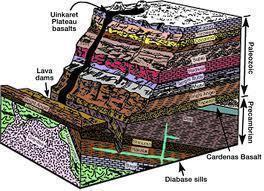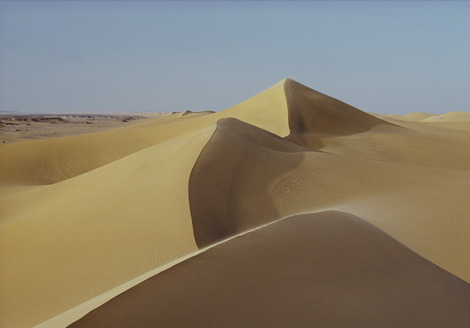How a Volcano Erupts
A volcano is any opening in the Earth’s surface that allows molten rock and volcanic gases to escape from far below the Earth’s surface. Although many volcanoes are mountainous in shape, a volcano can exist in nearly any form, including volcanic vents on the ocean floor, ice volcanoes, which have been found on a variety …






